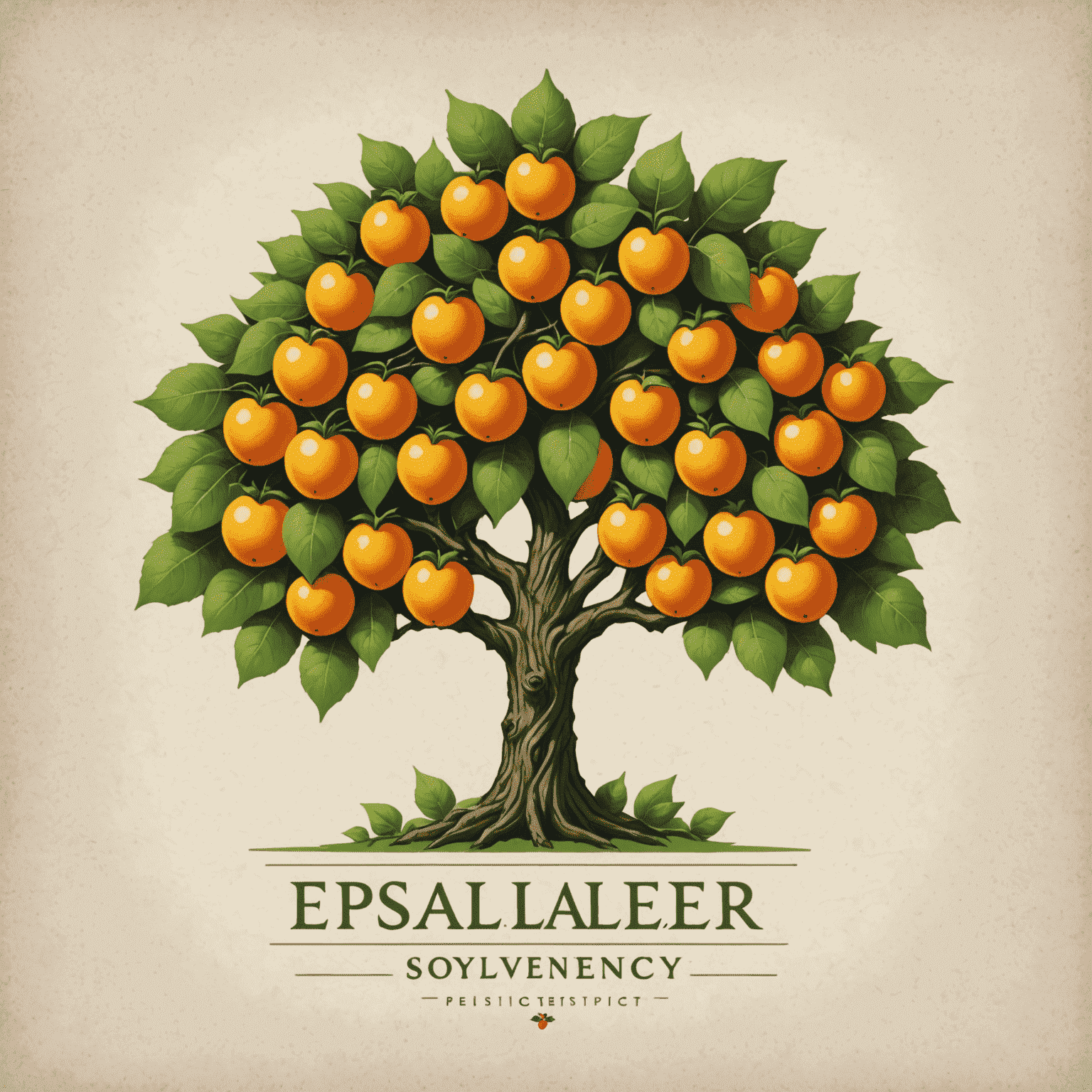Tree Selection: Choosing the Best Fruit Trees for Espalier
Selecting the right fruit tree varieties for espalier is crucial for success in your smart gardening journey. This guide will help you navigate the factors to consider when choosing trees that will thrive in your space and climate while providing bountiful yields.
Climate Considerations
The first step in selecting fruit trees for espalier is to assess your local climate. Different fruit tree species have varying cold hardiness and heat tolerance levels:
- Apples and pears are generally more cold-hardy and suitable for cooler climates.
- Peaches, nectarines, and apricots thrive in warmer regions with mild winters.
- Citrus trees are ideal for Mediterranean or subtropical climates.
Always check the USDA hardiness zone recommendations for specific varieties to ensure they can withstand your local winter temperatures.

Space Optimization
Espalier is an excellent technique for maximizing fruit production in small spaces. Consider these factors when selecting trees:
- Dwarf or semi-dwarf rootstocks are ideal for espalier, as they naturally limit tree size.
- Choose trees with flexible branches that are easier to train, such as apples, pears, and figs.
- Consider the final spread of the espalier form you plan to use (e.g., fan, cordon, or candelabra) when selecting tree spacing.
Yield and Fruit Quality
To ensure a bountiful harvest from your espaliered trees, consider these factors:
- Pollination requirements: Some fruit trees are self-fertile, while others require a compatible pollinator nearby. In small spaces, opt for self-fertile varieties or consider multi-grafted trees.
- Ripening time: Choose varieties with staggered ripening times to extend your harvest season and prevent overwhelming yields.
- Disease resistance: Select varieties known for their resistance to common fruit tree diseases to minimize the need for chemical interventions, aligning with eco-friendly gardening practices.
Top Fruit Tree Varieties for Espalier
Apples
- Cox's Orange Pippin
- Gala
- Honeycrisp
Pears
- Bartlett
- Conference
- Comice
Stone Fruits
- Elberta Peach
- Santa Rosa Plum
- Moorpark Apricot
Citrus (for warm climates)
- Meyer Lemon
- Calamondin Orange
- Bearss Lime
Sustainable Practices
When selecting and caring for your espaliered fruit trees, keep these sustainable living principles in mind:
- Choose organic, locally-grown saplings to reduce transportation emissions and support local nurseries.
- Implement water-efficient irrigation systems, such as drip irrigation or soaker hoses, to conserve water.
- Use organic mulch around the base of your trees to retain moisture and suppress weeds naturally.
- Practice integrated pest management (IPM) to control pests and diseases without relying on harmful chemicals.
Companion Planting
Enhance your espalier garden's biodiversity and natural pest control by incorporating companion plants:
- Plant herbs like lavender, thyme, and mint to attract beneficial insects.
- Grow nasturtiums or marigolds as natural pest deterrents.
- Include nitrogen-fixing plants like clover or beans to improve soil fertility.

By carefully selecting the right fruit tree varieties and implementing sustainable gardening practices, you can create a thriving espalier garden that not only produces delicious fruit but also contributes to a more eco-friendly and water-efficient yard. Remember, the key to successful espalier lies in patience, proper training, and regular maintenance. With time, your espaliered fruit trees will become both a productive food source and a stunning living sculpture in your smart, minimalist garden.
